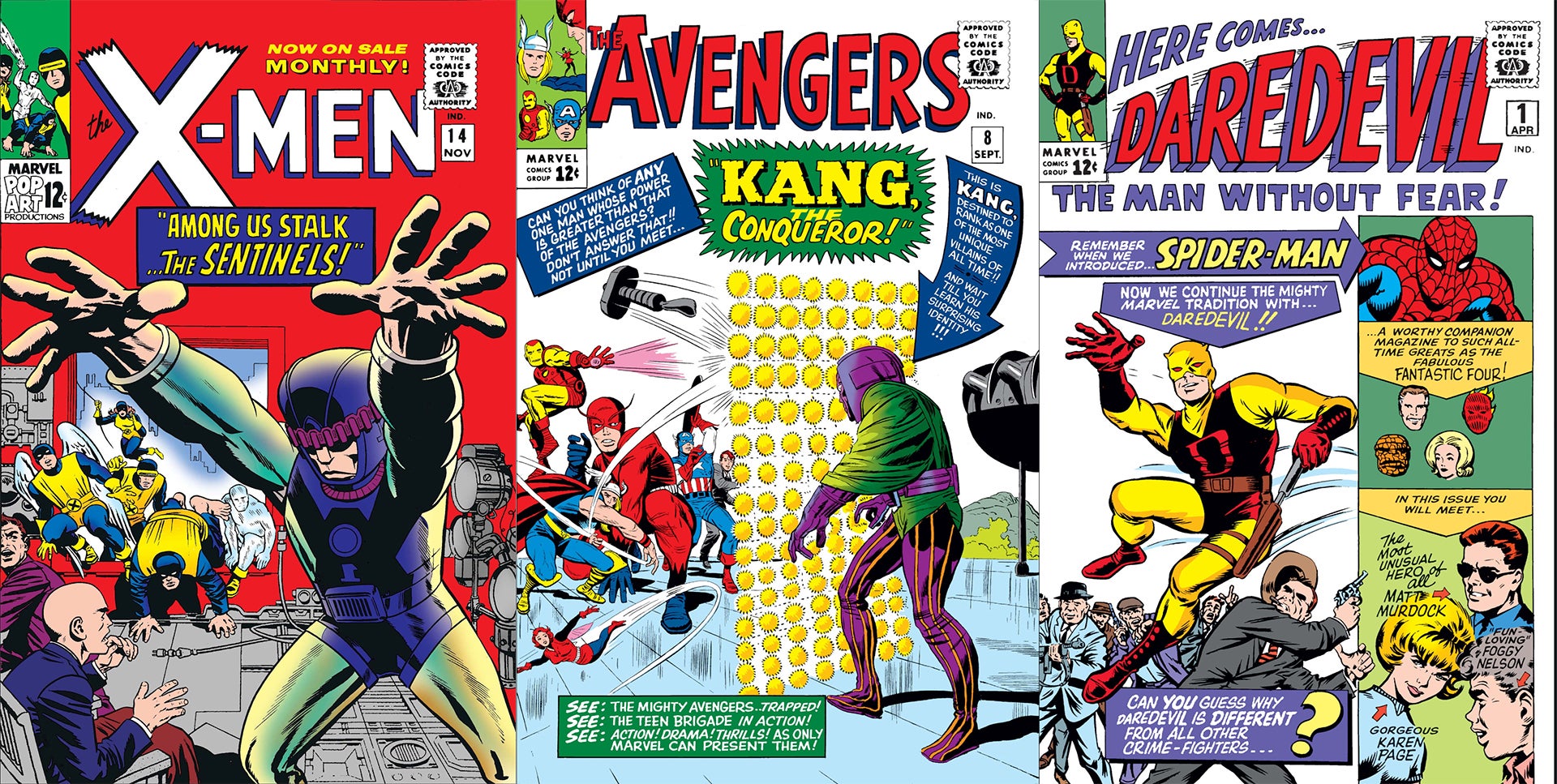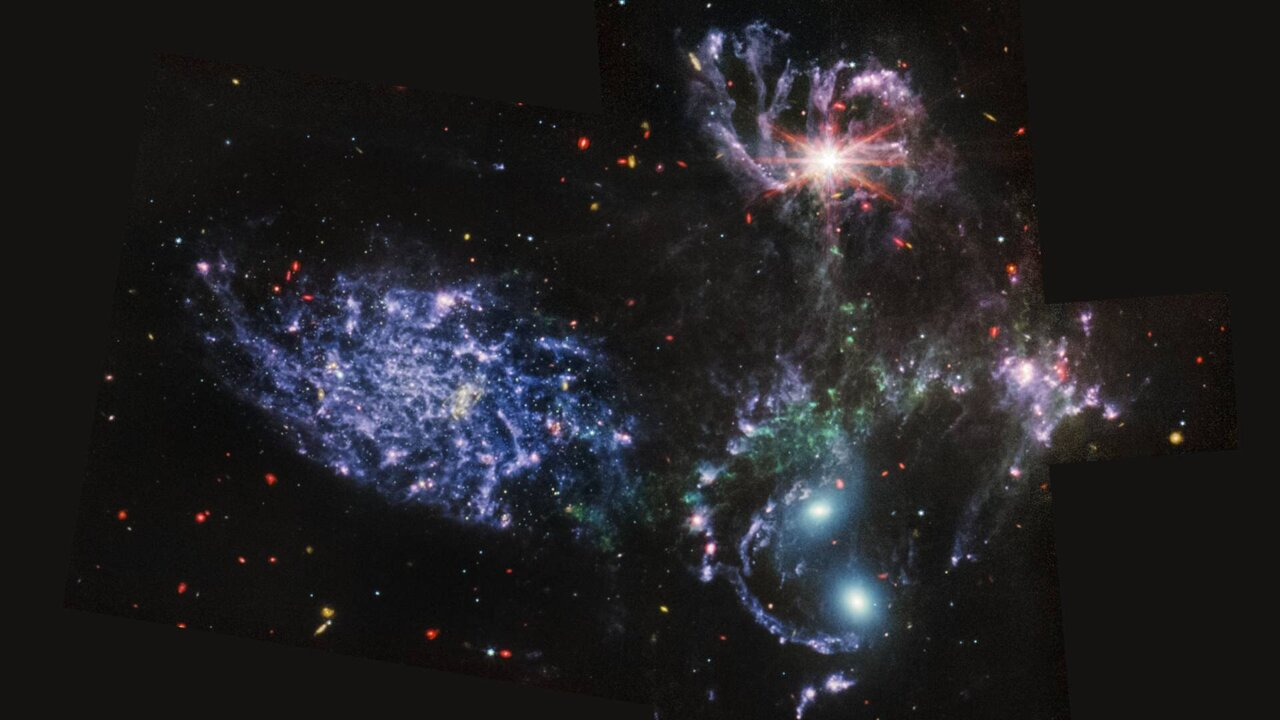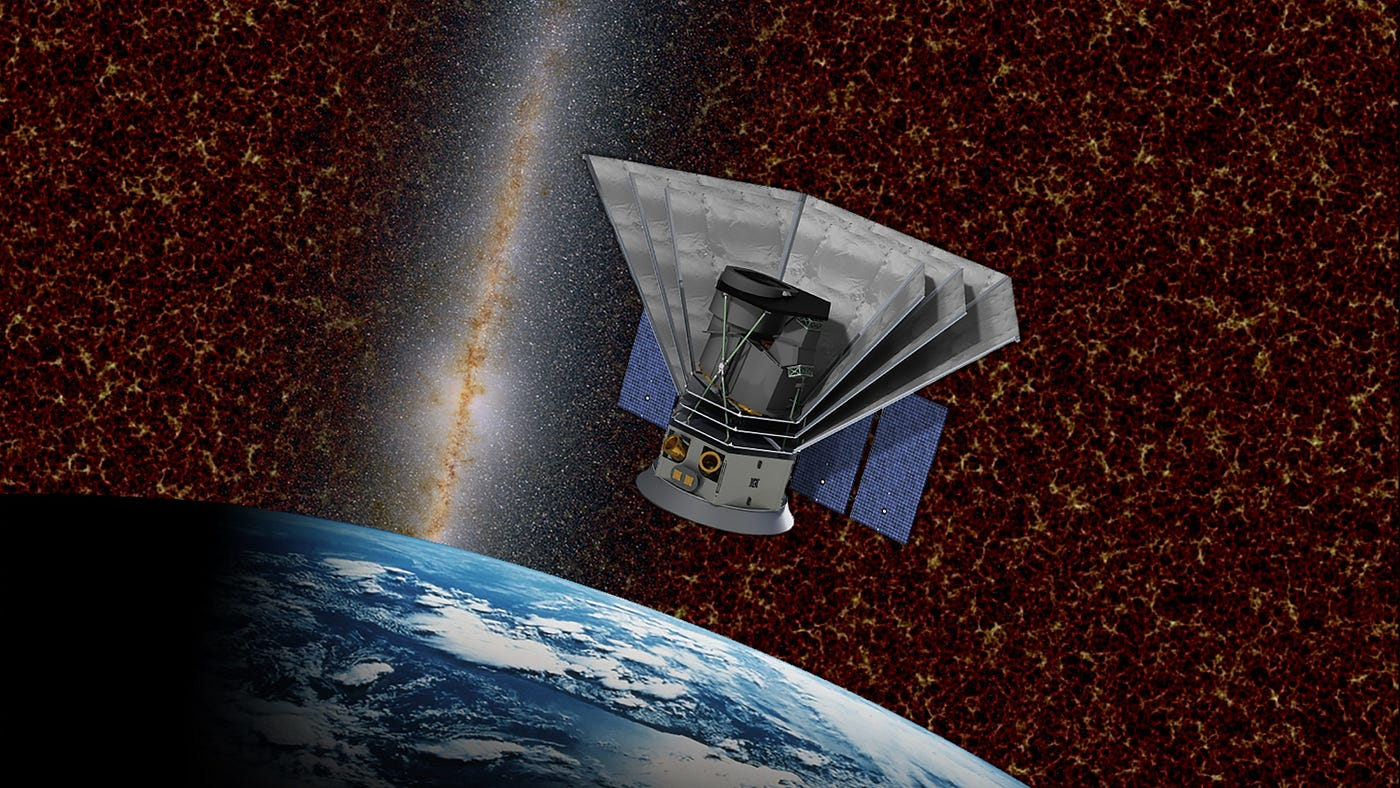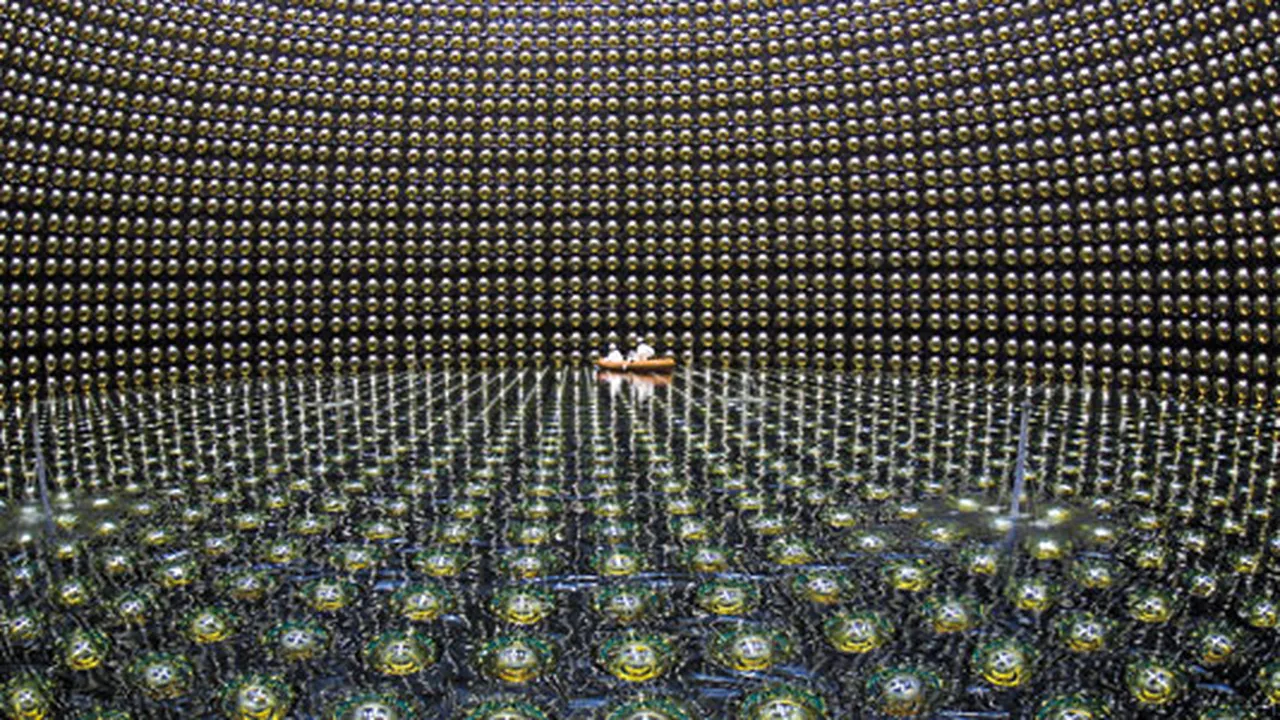In recent years, astronomers have sifted through vast troves of cosmic microwave background (CMB) data and three-dimensional galaxy maps to uncover hidden patterns in the universe’s structure — especially those shaped by elusive components like Dark Matter and the intergalactic medium. Scientists at Berkeley Lab combined data from the Dark Energy Spectroscopic Instrument (DESI) galaxy survey and CMB observations to trace how invisible mass is distributed across cosmic time. The result: the most detailed “shadow map” of matter still evading telescopes, revealing how dark matter and haze of gas co-exist and shape galaxy formation.
What makes this progress so powerful is the multi-dataset integration. Galaxies visible in optical light only account for the tiny tip of the gravitational iceberg; most mass resides in dark matter halos and diffuse intergalactic gas that neither emit nor absorb light conspicuously. By linking precise galaxy positions, cosmic microwave background distortions, and radio signals, researchers are refining how these unseen components bind the universe together. For example, they’re now able to distinguish how much mass is ordinary matter versus dark, how tightly it clusters, and even how super-massive black holes might influence large-scale matter distributions.
These advances hold far-reaching implications for cosmology and the future of space science. With more detailed maps, we’re moving closer to testing fundamental physics — from verifying dark matter models to understanding why the universe expands the way it does. They also set the stage for upcoming observatories like the James Webb Space Telescope and the Nancy Grace Roman Space Telescope, which will probe early galaxies and the faintest light in greater depth. Ultimately, as we peer into the invisible scaffolding of the cosmos, we are not just learning what the universe is made of — but how it works, and how we fit within its grand tapestry.







